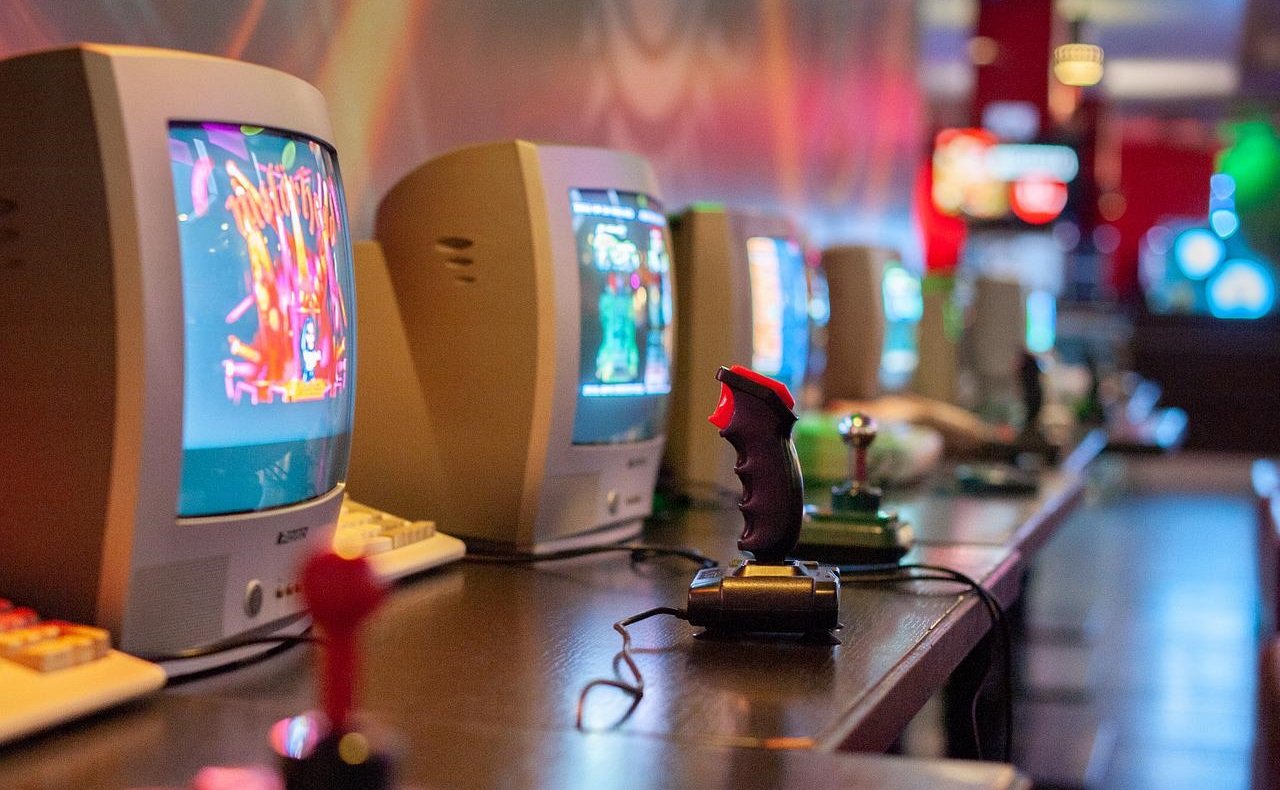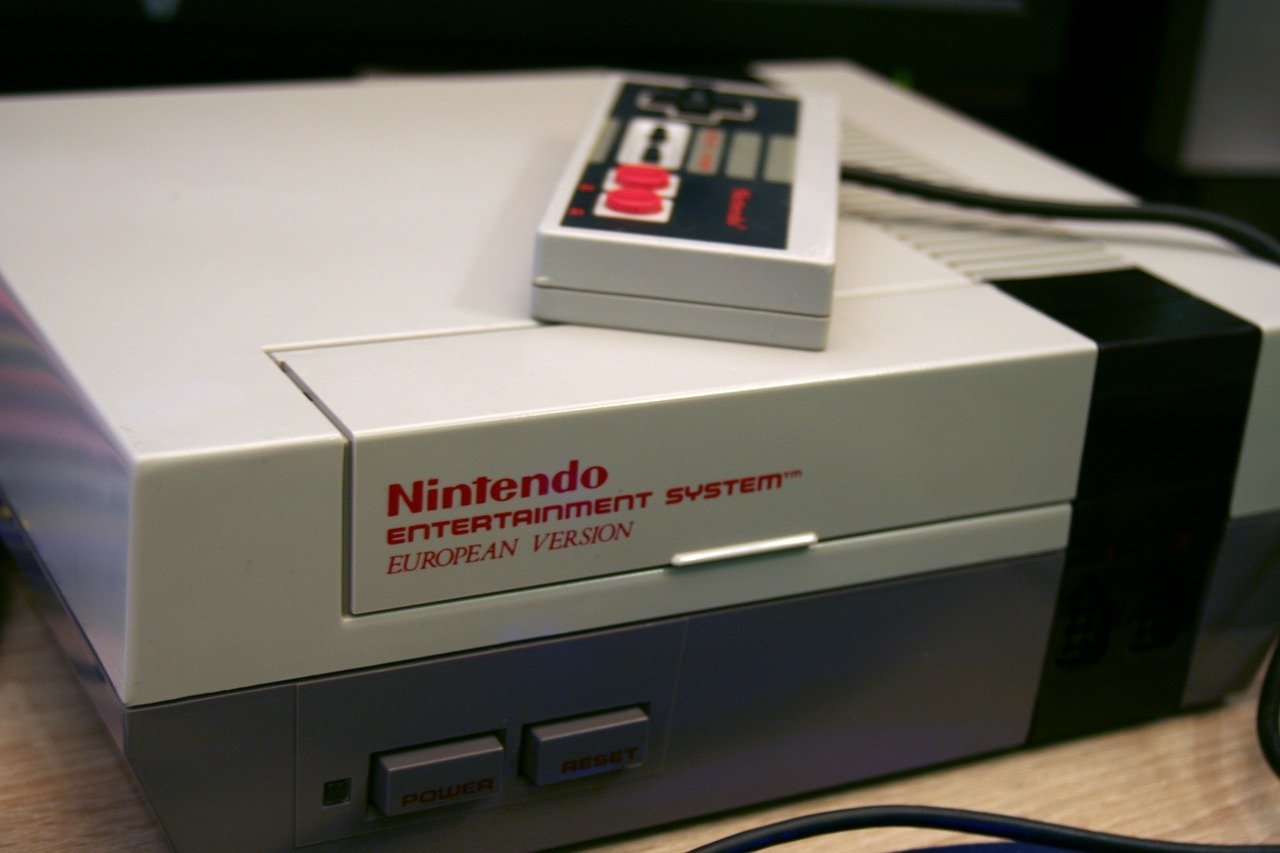How To Make Your Own Retro Games Without Coding (And For Free)
by Rani Baker
So it took a couple of decades, but it finally happened. At your high school reunion, an old classmate decided to call you out on your teenage lies about an “uncle who worked at Nintendo” who was working on a game starring you, but was never released because the company decided it was far too rad for the general public. Now, you either have to come up with an actual prototype of a game that works on retro hardware, or admit that maybe you made some stuff up a decade or two ago to impress your friends.
Well, don’t worry, because I’ve got your back.
VCS Game Maker (Atari 2600)
Let’s start out old school with this game development kit, VCS Game Maker, which is deceptively simple. While Atari 2600 games themselves were very rudimentary, the tech behind them is kind of bonkers. Developers had very little room to work with in the code, occasionally coming up with such impossibly tight algorithms that it took forty years just to figure out what they actually do. This was all done in Assembly and hexadecimal machine code and laid out on circuit breadboards, perhaps by smelly weirdos who would go on to change the world of tech itself.
But we’re not doing any of that.
This development kit is based around an Atari 2600 homebrew language from the 2000s called BATARI (which, don’t worry— you don't actually have to learn). Instead, you draw everything out pixel by pixel in an interactive online point-and-click form, and the game mechanics are put together using logic blocks, which are sort of like LEGOs, but for code. You just build the pieces of the game together, click a button, and download your game. The games will be pretty basic, even by Atari 2600 standards, but they will work in emulation, and you can even spend a few bucks to get it on a cartridge of your own so you can send a copy to that naysayer from high school.
Retro Puzzle Maker (NES)
Retro Puzzle Maker is probably what you came here looking for. You want the familiar goodness of those grey cartridges and the VCR-like box you stuffed them in, or maybe the top-loader one if you were a late-’90s kid instead of an early-’90s kid. Plus, you really want to Up, Up, Down, Down, Left, Right, Left, Right, B, A, Beat-Some-Ass.
The good news is, this one doesn’t require anything even remotely like coding. Everything is already preassembled to make an Adventures Of Lolo-like top-view puzzle game. It even has public domain graphics and music already installed, and auto-generates a credits screen for their use. You simply click on what you want in the game, design up to 64 levels using the built-in level designer, and download the game right from the form. But iIf you do want to upload your own custom graphics and music, there are options for that, too.
The developer also has a much more open-ended development kit if you’re interested, but it does require some knowledge of C/C++. But I said no coding in the title, and I meant it. If you want to make something much more elaborate but still do as little coding as possible, NESMaker might be up your alley. That one costs money, but there are a lot of notable recent homebrew games made with it. It has pre-built modules for all sorts of game genres, including graphics, music, and sounds. You can basically mix and match pieces together to make the games you wish you’d had as a kid.
GB Studio (Game Boy)
GB Studio is so elaborate I can’t believe it’s actually free. It started out as a set of tools a developer used to make a Game Boy-compatible game for a game jam, which they expanded and released on itch.io. It has since become a bustling hub of Game Boy homebrew discourse, with blogs and subreddits where users deconstruct parts of their favorite games and try to replicate them in the system.
Want to understand how Ninja Gaiden Shadow's stage layouts work? There's a blog post for that. What about Super Mario Land? Got you covered. Want to better understand the platform puzzles of Catrap? Way ahead of you. They’re doing everything from re-drawing crappy old Shrek games to taking apart and putting back together Legend Of Zelda classics. And you can get in on that action the second you finish this article.
The devkit itself is as smooth as gravy. You build instances and screens and link them together in a drag-and-drop format. There are, as always, ways to customize parts of it and insert your own graphics, sound, and the like, but there are a lot of built-in features and example modules floating around that you can pick and choose from.
Like the others, it’s all very simple, and yet another great option for anyone who needs to support their decades-old lies.





